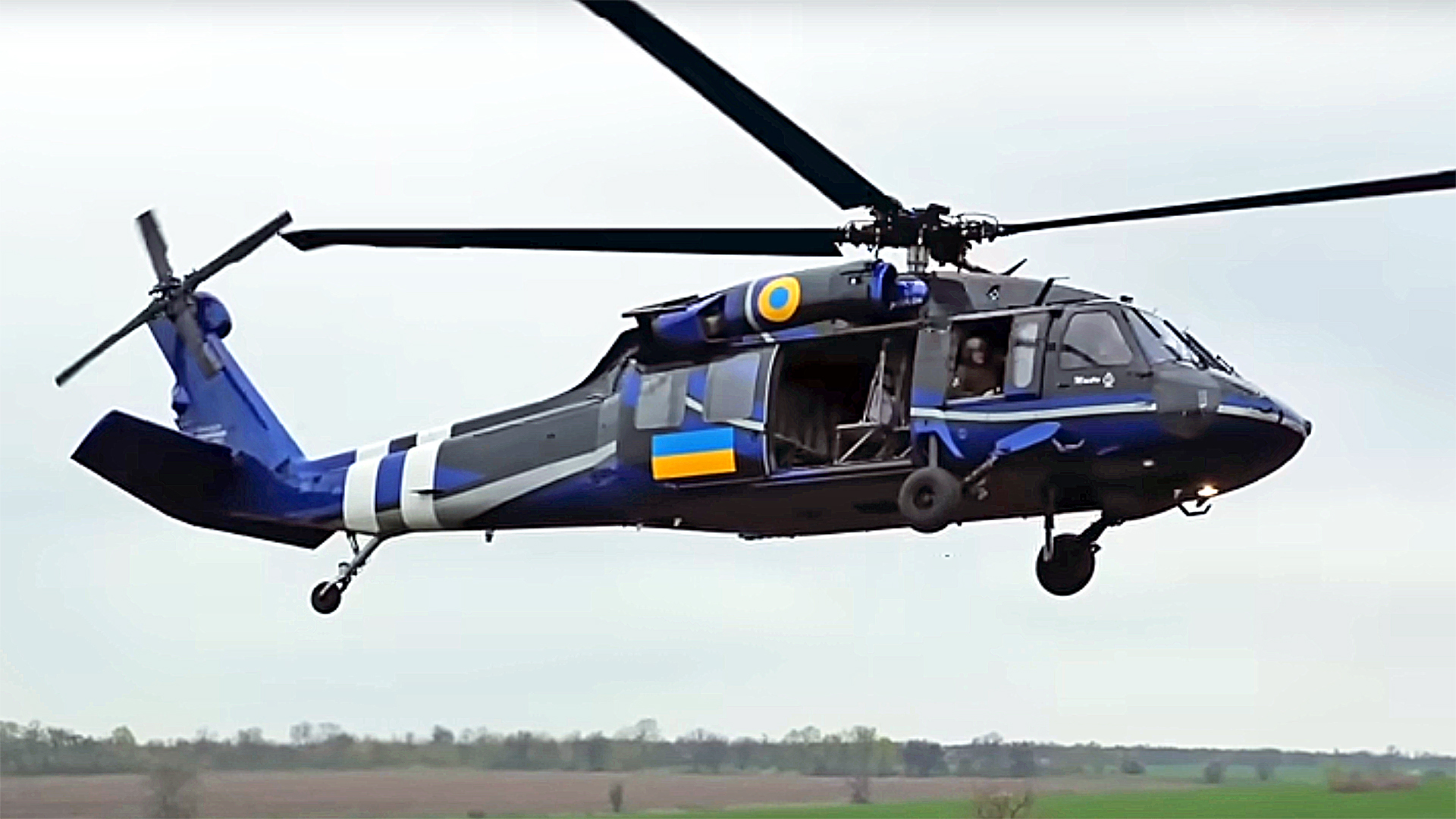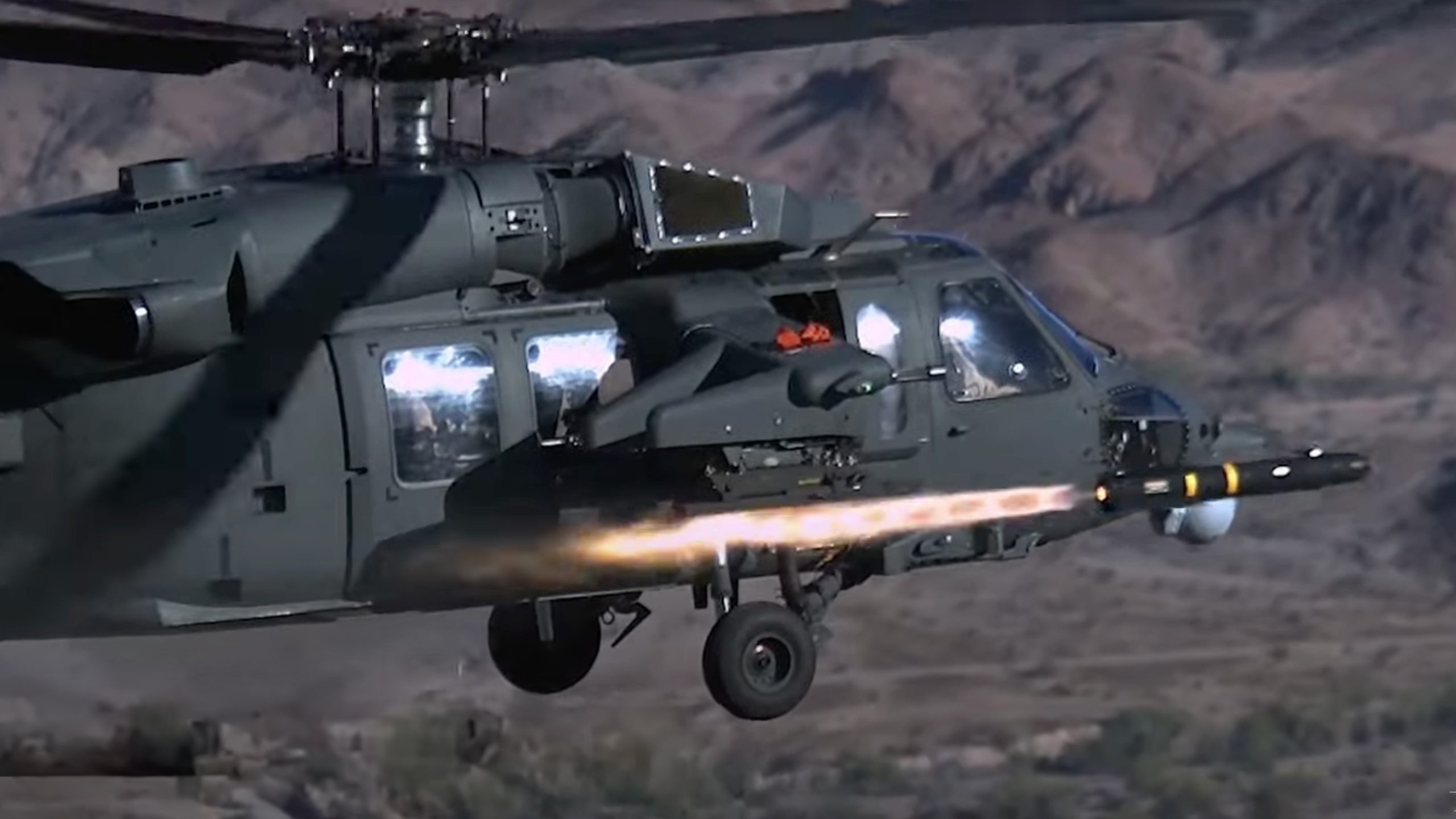Checking Out the History and Evolution of the UH 60 Helicopter

Origins of the UH-60
The origins of the UH-60 helicopter can be traced back to the late 1960s, a period noted by the need for a versatile utility aircraft that could adapt to the progressing needs of modern-day war. The united state Military recognized the necessity for a replacement for the older UH-1 Iroquois, which was ending up being increasingly inadequate for the intricacies of modern combat situations. In 1967, the Army initiated the Energy Tactical Transport Airplane System (UTTAS) program, which sought to create a multi-role helicopter efficient in numerous missions, consisting of army transportation, clinical discharge, and logistical assistance.
The layout competition drew in a number of aerospace makers, yet it was Sikorsky Airplane Corporation that inevitably protected the agreement in 1972. The UH-60 Black Hawk was introduced, showcasing ingenious design elements and progressed modern technology that established it in addition to its precursors. Its first flight occurred in 1974, and the airplane was formally embraced by the Military in 1979. The UH-60 rapidly gained recognition for its robust performance, integrity, and flexibility, leading the way for its comprehensive use in armed forces operations and strengthening its condition as a cornerstone of united state Army aviation.
Key Style Functions
Innovative style features of the UH-60 Black Hawk significantly contribute to its operational effectiveness. Among the most noteworthy facets is its twin-engine arrangement, which enhances reliability and supplies a greater power-to-weight ratio, making it possible for the helicopter to do under different problems. The airplane's four-blade main rotor system supplies improved lift and maneuverability, essential for tactical missions.

Furthermore, the cockpit is developed for optimum exposure and ergonomics, featuring sophisticated avionics that streamline pilot procedures. The modular design of the UH-60 enables for easy maintenance and flexibility, making it suitable for numerous objective profiles, from troop transportation to medevac operations. These vital design attributes guarantee that the UH-60 Black Hawk continues to be a flexible and reliable possession in army aviation, with the ability of fulfilling the demands of contemporary war.
Technical Improvements
Current technological developments in the UH-60 Black Hawk have actually dramatically enhanced its operational capacities and versatility. The combination of innovative avionics, such as electronic flight control systems and improved situational understanding display screens, allows pilots to operate with boosted accuracy and efficiency. These systems assist in boosted navigation, interaction, and data sharing, making it possible for the helicopter to operate properly in diverse environments.
Furthermore, the introduction of composite materials has actually minimized the overall weight of the airplane while preserving structural integrity. This reduction boosts gas effectiveness and expands operational array. The incorporation of advanced rotor technology, including the use of four-blade, completely expressed rotor systems, has enhanced lift performance and maneuverability, permitting much better handling in various flight problems.

Moreover, developments in propulsion systems, such as the T700-GE-701D engines, have increased power result and integrity - uh 60. These engines contribute to exceptional performance in high-altitude and hot-weather conditions
Finally, the visit homepage combination of self-defense systems and enhanced sensor packages boosts the Black Hawk's survivability and objective performance. Jointly, these technological enhancements ensure that the UH-60 Black Hawk stays a crucial possession in modern aeronautics, capable of adapting to the advancing demands of military and altruistic objectives.
Role in Armed Force Workflow
As the backbone of united state Army aeronautics, the UH-60 helicopter plays a critical duty in different military procedures, acting as a versatile system for combat assistance, transportation, and medevac missions - uh 60. Its layout integrates the ability to run in varied atmospheres, making it vital for troop motion and logistical assistance in both conventional and unique warfare

In medical discharge circumstances, the UH-60 has actually verified very useful, dramatically lowering the moment to deliver injured soldiers from the field of battle to clinical facilities. Its advanced avionics and night vision capabilities further guarantee mission success under challenging conditions. Overall, the UH-60 helicopter continues to be a vital asset, continuously adapting to meet the evolving demands of army procedures and boosting the efficiency of U.S. forces worldwide.
Future of the UH-60
Looking ahead, the future of the UH-60 helicopter involves substantial improvements in technology and capacities created to enhance its functional performance. As armed forces procedures develop, the UH-60 is anticipated to include sophisticated technologies, consisting of boosted avionics, improved tools systems, and advanced communication tools. These enhancements will permit higher situational recognition and mission flexibility, guaranteeing that the UH-60 stays a crucial property on the combat zone.
One significant growth is the integration of fly-by-wire systems, which will boost trip control precision and minimize pilot work. Additionally, initiatives to update the airframe and engines aim to raise rate, payload, and array capability, thus increasing the helicopter's functional extent (uh 60).
The future likewise holds assurance for enhanced interoperability with unmanned airborne systems (UAS), enabling coordinated missions that leverage both manned and unmanned capacities. Furthermore, the unification of expert system and artificial intelligence could enhance flight characteristics and maintenance processes, leading to lowered functional prices.
Verdict
The UH-60 Read More Here Black Hawk helicopter represents a considerable accomplishment in military aviation, progressing from the U.S. Military's preliminary requirements for a versatile energy aircraft. Its cutting-edge style functions and constant technical innovations have ensured its importance in different armed forces procedures over the years. As home the needs of modern-day war adjustment, the future of the UH-60 will likely involve further improvements and adaptations, reinforcing its status as a vital asset for militaries worldwide.
The UH-60 Black Hawk helicopter represents a considerable milestone in army air travel, arising from the U.S. Military's quest for a more dependable and flexible utility aircraft in the late 20th century.The beginnings of the UH-60 helicopter can be traced back to the late 1960s, a duration marked by the demand for a functional energy airplane that can adjust to the evolving demands of contemporary warfare. Generally, the UH-60 helicopter remains a crucial property, constantly adapting to fulfill the progressing needs of military operations and boosting the performance of U.S. forces worldwide.
Looking in advance, the future of the UH-60 helicopter entails significant innovations in innovation and capabilities created to boost its operational effectiveness.The UH-60 Black Hawk helicopter stands for a substantial success in army aeronautics, progressing from the U.S. Army's initial needs for a flexible utility airplane.